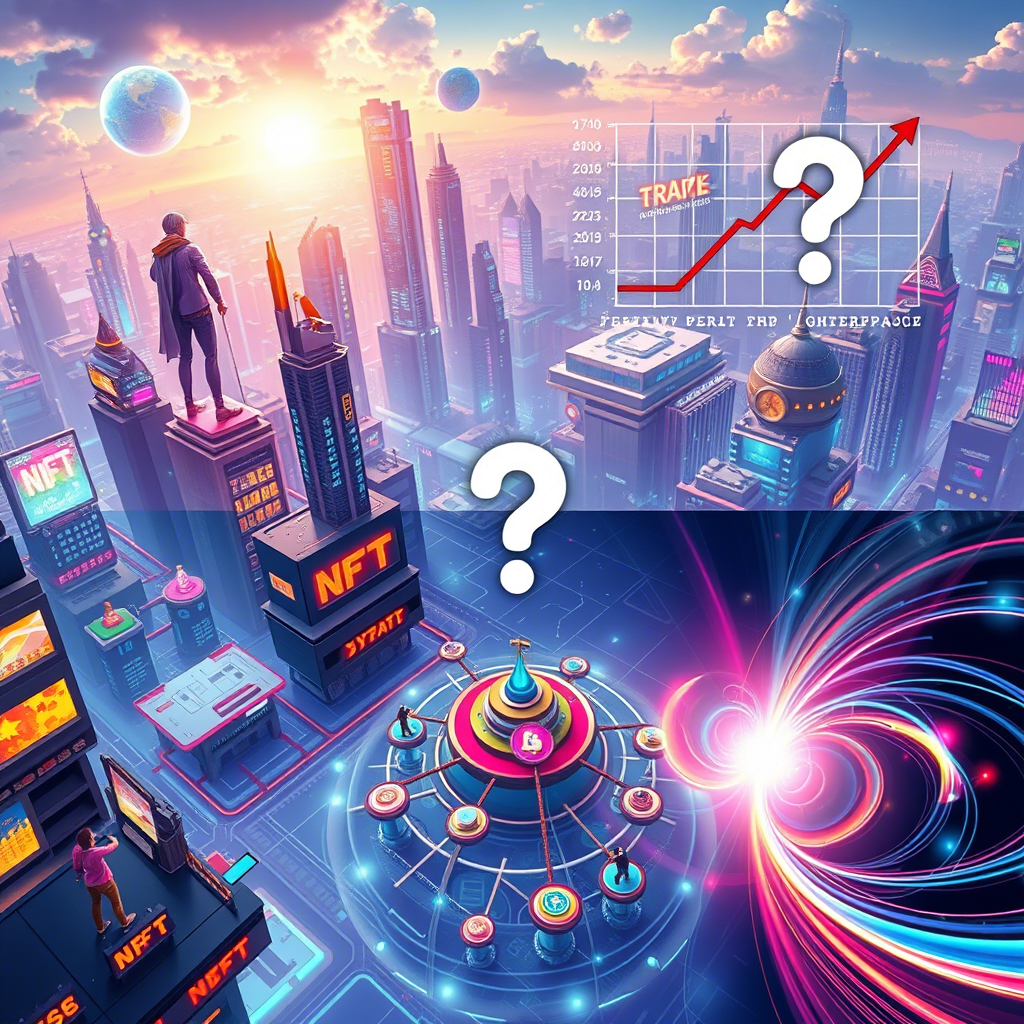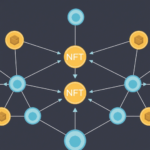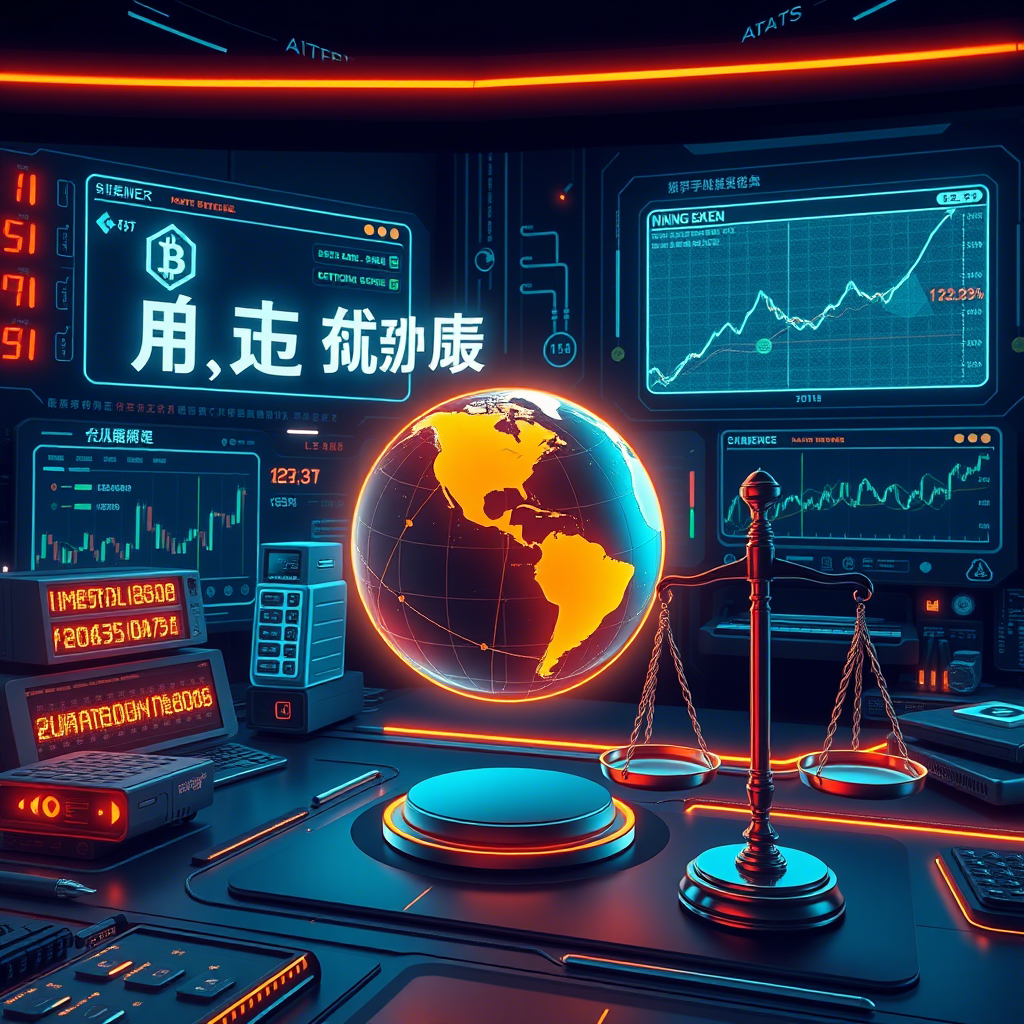NFTs are evolving beyond digital art, with trends like tokenized real-world assets and utility-focused NFTs gaining traction. While challenges like security and regulatory uncertainty persist, opportunities abound in gaming, music, and metaverse integrations, driving the NFT market towards wider adoption and innovative applications in 2025.








